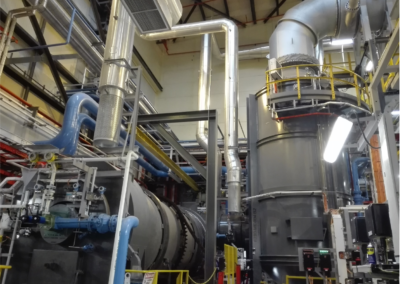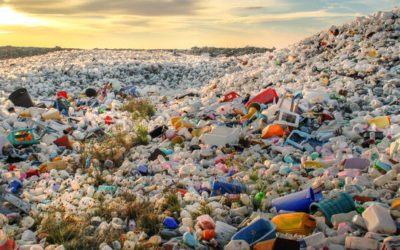Direct combustion
WASTE INCINERATION
Tecam’s thermal processing equipment for waste incineration.
Tecam develops waste disposal solutions based on incineration when it is necessary to significantly reduce the volume of waste and eliminate organic compounds. Waste incineration becomes a key technology for waste disposal.
Our waste incineration equipment is customised to meet the requirements of every project.
Waste incineration technology offers the following advantages (among others):
• Fully automated systems requiring minimal human intervention.
• Components sourced from leading brands and software specifically developed by Tecam.
• Option of treating multiple types of waste in a single system: solid, liquid, slurry, resin, combustible waste, etc.
• Different feed solutions provided in line with the proportions of each of the raw materials.
• Recovery and storage solutions for slag and ash.
• Chemical dosing.
Contact us

Is Waste Incineration environmentally friendly?
Waste Valorization has become the alternative technology for energy recovery that has minimum impact on the environment and is capable to generate heat and electricity. Pyrolysis plants and waste incineration plants include flue gas treatment systems afterwards that collect and eliminate the gases generated, following an efficient and safe procedure, to guarantee maximum respect for people and the environment.
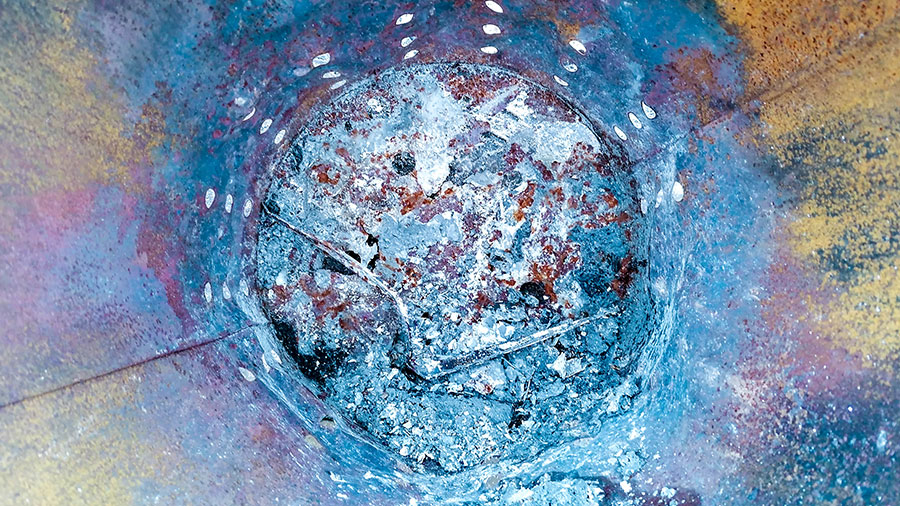
Advantages of incineration and types of waste
Waste incineration systems are used to thermally dispose of waste, eliminate pollutants and generate energy. Waste treatment equipment is commonly used to treat solid waste – and can reduce the content of solids by 80-85 % or more. They can also be fed with liquid waste such as solvents. If there are gas flows, these can even be used as fuel.
Thermal treatment processes generate a large amount of energy, which can be reused to produce electricity, steam or hot water for the plant’s own consumption or for sale. As such, waste incineration solutions offers twin benefits: the generation of a large amount of reusable energy in a short space of time, and a major reduction in the volume of waste.
Commonly treated types of waste include municipal waste, industrial waste, hospital waste, hazardous waste, radioactive waste, etc.
The waste incineration process
Incineration, also known as direct combustion, is the process by which organic matter (always comprising carbon and hydrogen) reacts with an excess of oxygen to produce carbon dioxide and water, with a minimal amount of ash as a by-product.
This thermal process takes place in combustion kilns, which must maintain a minimal amount of oxygen (usually 6 %, although 11 % may also be required) at the output in order to ensure complete combustion. If there is insufficient oxygen, the combustion reaction will not be complete and compounds that are not fully oxidisedmay be generated, such as monoxides and other pollutants: e.g. SOx, NOx, HCl and particulate matter.
Incineration is a process that must take place at high temperature (800 °C – 1100 °C), depending on the amount of halogenated elements present in the waste (chlorine, fluorine, bromine).
The result of the incineration process
Waste incineration generates energy in the form of heat. This energy can then be used to generate steam and electricity via turbines, power for the plant’s own consumption, hot water for domestic or industrial heating, and other energy recovery applications.
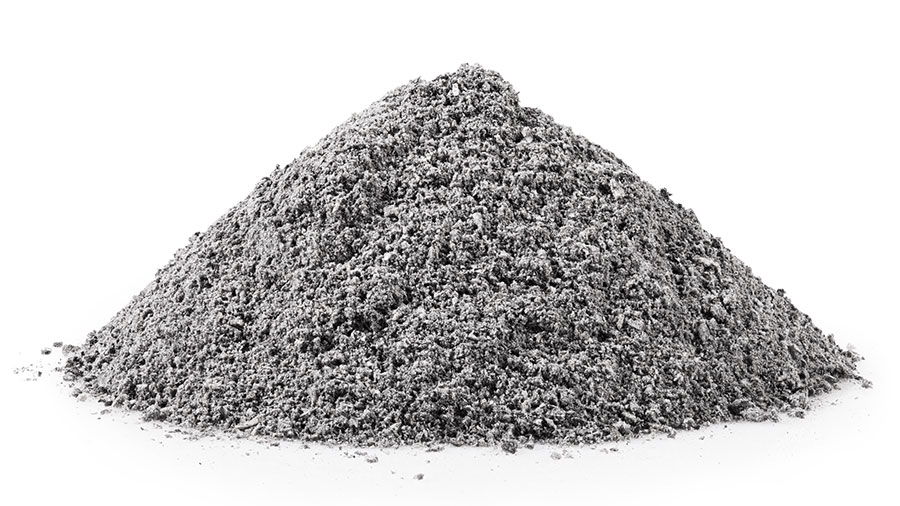
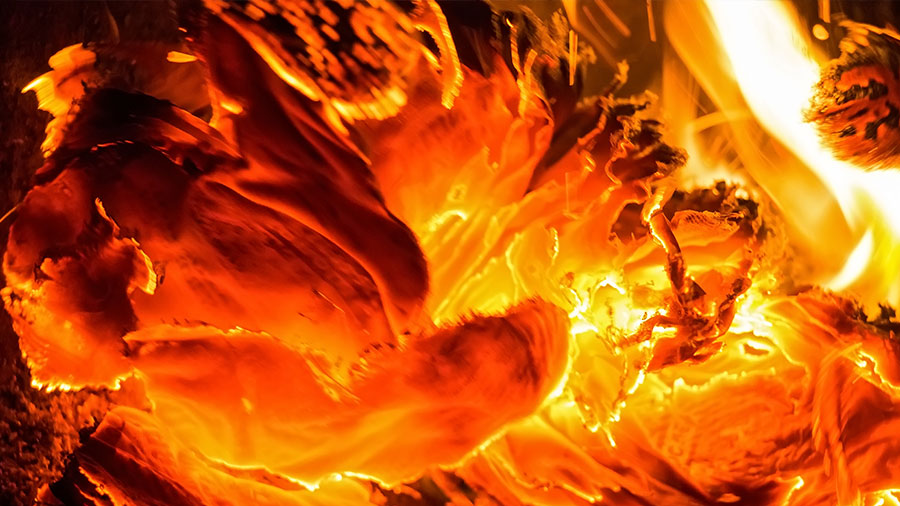
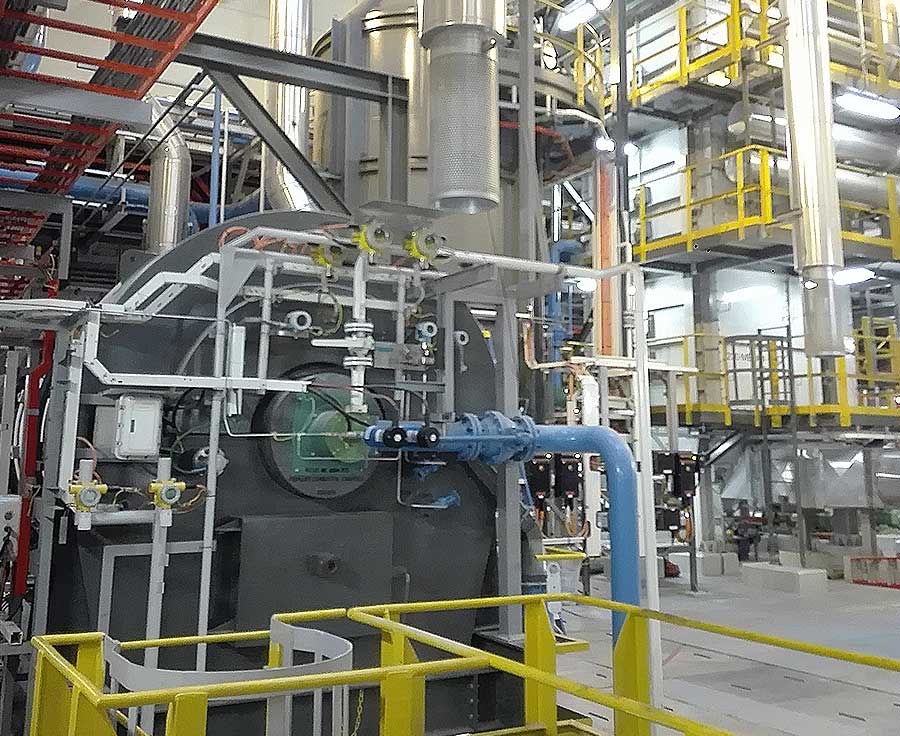
Main components
Tha main components of waste incineration equpment are the following:
- Input device: valves or another mechanism that allows for controlled feeding of the kiln. Examples include ram feeders.
- Furnace (rotary or static): large flows usually require continuous operation. Rotary kilns are normally used for solid waste, while static kilns are used for gases and liquid waste.
- Rotary kilns have a mechanism that rotates the entire cylinder, moving the solid compounds in order to facilitate combustion.
- Burner: if the waste itself does not contain energy, the system will require a heat-generating device. This takes the form of a burner, which is normally fed by natural gas, although other fuels can also be used. Burners oxidise the natural gas with an excess of air, thereby generating a flame that will heat the chamber if the temperature in the kiln is low.
- Extraction device: all waste contains compounds that cannot be oxidised, which means a device to extract the ash is required. These compounds must be cooled before they can be collected.
Case study: ADNOC
ADNOC is one of the world’s leading petrochemical companies, producing more than 40 million tonnes of refined products every year.
Tecam carried out the engineering, installation and commissioning of an incineration plant for NORM (radioactive) waste, along with a flue gas treatment system.
If you would like to find out more about this project, which is unlike any other in the world, you can download the full case study.
Specialists in the sectors that are most sensitive to environmental impacts
We drive sustainable productivity and innovation for industries with more extensive and more complex needs.
Related news
The Challenges of Sludge and Slurry Waste Treatment
Valorising sludge and slurry Municipal waste treatment plants, among other processes, generate sludge and slurry-type waste that requires treatment. It is necessary to apply different technologies in line with the characteristics and components of the waste to be...
Municipal Solid Waste: challenges and treatment via waste-to-energy technology
Nowadays there are several efficient technologies and equipment to solve one of the major environmental problems: the treatment and disposal of polluting Municipal Solid Waste (MSW). Waste treatment equipment may generate energy in the form of steam, hot water or...
Advantages of Waste Valorization
Waste Valorization is a treatment process that involves the combustion of organic substances contained in waste materials by means of high temperatures. Waste Valorization technology can be installed in several sectors to treat hazardous waste, refining residues,...









